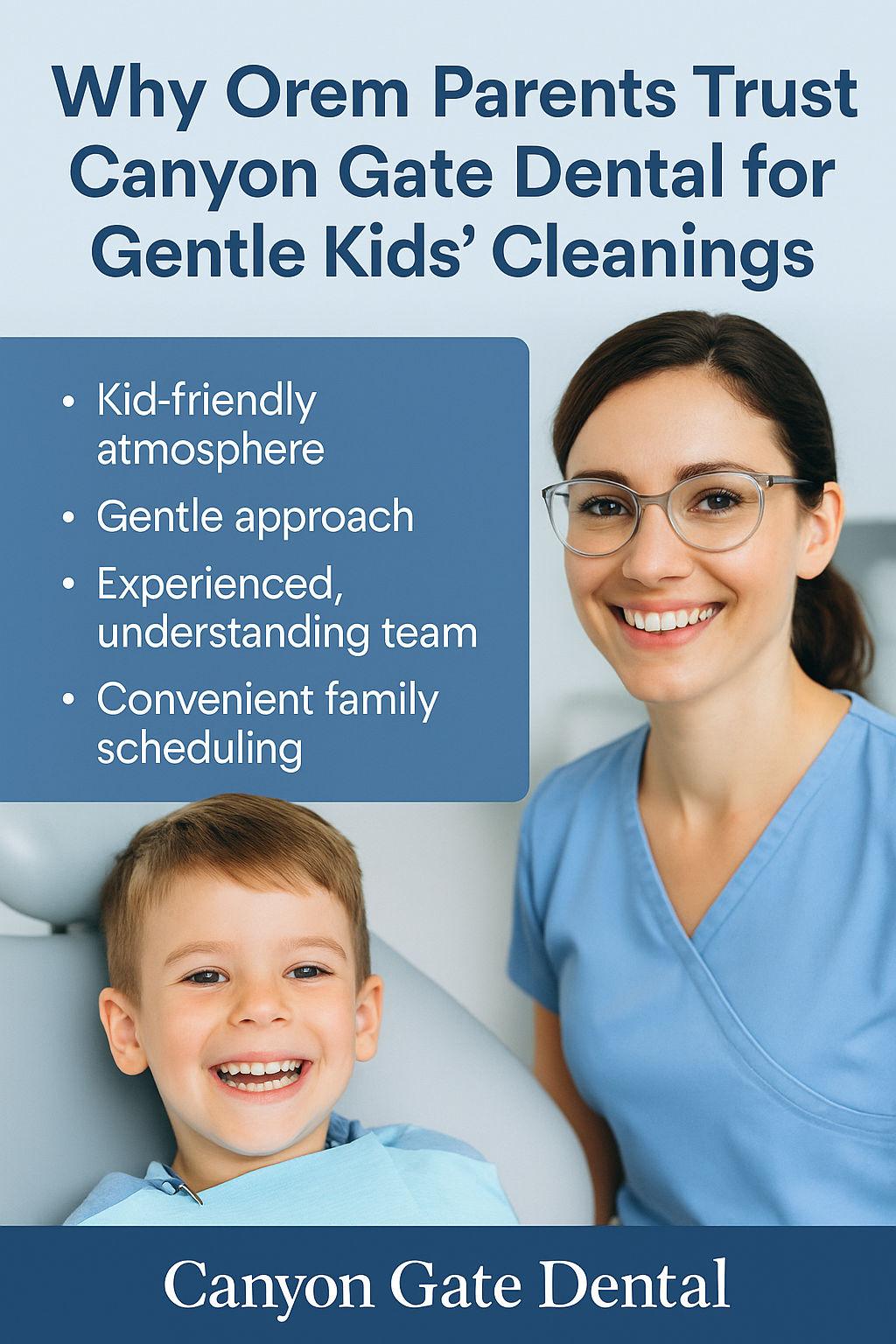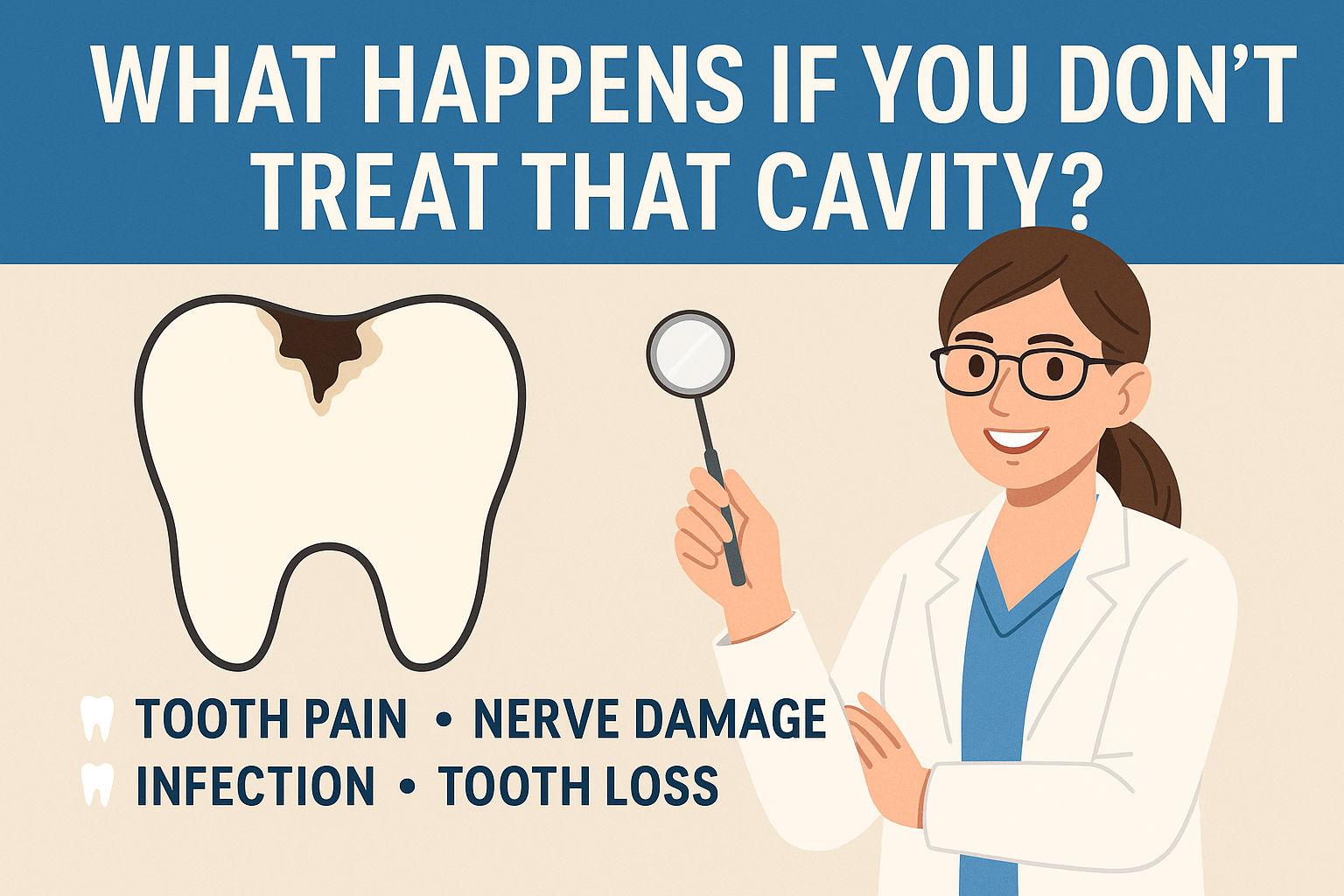At Canyon Gate Dental, we put a lot of effort into educating our patients well about dental conditions, treatment options, and concepts that will help them have healthier, more attractive smiles. As a result, our patients feel very comfortable asking questions. We also see a lot of new patients in our office who are seeking second opinions and have not had good dental experiences elsewhere. I’d like to share a few questions that patients have asked me recently and do my best to answer them for others who might be seeking answers to similar questions.

Q: You’ve talked to me about plaque and tarter. I understand that they are things that need to be cleaned off of my teeth, but what is the difference between them?
A: Plaque is the bacterial film that forms on your teeth. Bacteria will always present in your mouth and it starts to accumulate on your teeth almost immediately after cleaning. When it builds up enough, it is visible as a soft, sticky, white substance that is especially evident between teeth or right by the gums. Plaque is the reason we need to brush and floss daily. Most plaque can be brushed off of the teeth, but there is also plaque that builds between the teeth that can only be removed through flossing. When plaque sits around for 24 hours or more, it combines with minerals in saliva and hardens. At this point it is referred to as tarter. Dentists and hygienists may also refer to tarter as calculus. Being an extremely tenacious and hard to remove, tarter can only be removed through scaling. Everybody, even dentists and hygienists, builds up a little tarter over time and should have regular professional cleanings to remove it. The most common location to build up tarter is on the back surfaces of the bottom front teeth. The reason we focus so much on plaque and tarter removal is because these substances harbor the bacteria that cause decay and gum disease.
Q: My dentist is recommending doing fillings in many of my back teeth because they have stains on them. He says there could be decay underneath and that it is better to take care of it now while it is easily treated. Is this good advice?
A: Staining and decay are not the same thing. If the dentist has done a probing exam and felt soft spots on the teeth or seen decay on an x-ray, then it should be treated. Some dentists also have electronic cavity detecting machines in their offices (such as Diagnodent) that they use to diagnose decay. It is my opinion that although such diagnostic devices work, they are no more effective than the “old-fashioned” technique of probing each tooth and searching for soft/sticky spots. Additionally, these machines can be read differently by different dentists, so there is still too much room for ambiguity over what constitutes a cavity reading. I have seen offices that abuse this technology and present treatment plans that are way too aggressive to their patients. Going back to the question, I want to restate that stains and decay are not the same thing. If a tooth has a crevice that is dark, but seems perfectly intact and strong, chances are good that the tooth has simply picked up pigments from foods and drinks and has nothing more serious than a little staining. I take great exception with dentists who are very aggressive in diagnosing staining as decay.
Q: I brush and floss my teeth regularly but still get cavities. Why is this?
A: If you feel you are doing an excellent job of cleaning your teeth, the first thing you should do is find out if you’re brushing and flossing effectively. I know many people who are regular, but poor, brushers and flossers. These people frequently do things in a hurry and don’t spend enough time on their teeth. They usually miss important areas and leave plaque and tarter all over the place. Even though they perceive themselves as being very effective, they are actually not in reality. This probably explains the situation of most people that have this question, but I also know individuals who do a great job at brushing and flossing who still have problems. It is important to realize that all decay is not equal. Some people may have had many fillings or crowns in the past. These treatments may have been done well, but due to limitations of dental materials and the fact that restorations are intrinsically susceptible to more decay, especially when they are very old, past problems can still haunt a person for many years after initial treatment. This is very different from new decay on a virgin tooth surface. It is also possible that underlying conditions are at play. For example, many medications cause dry mouth, a condition that leads to rampant decay. Periodontal disease can expose vulnerable root surfaces to decay. Poor habits such as late night sugary snacks, sipping on a bucket of Mountain Dew all day long, or eating disorders like bulimia (excessively acidic oral environment) can all cause decay problems in spite of great personal hygiene. One thing is sure, however; you didn’t inherit “soft teeth” from your parents. Besides some very rare developmental issues, there is really no such thing as soft enamel.
Do you have a dental question? If so, please email them to [email protected]. Our wonderful Orem dental team would love to help you achieve and maintain the smile you’ve always wanted.
-Nicolas K. Young, DMD









